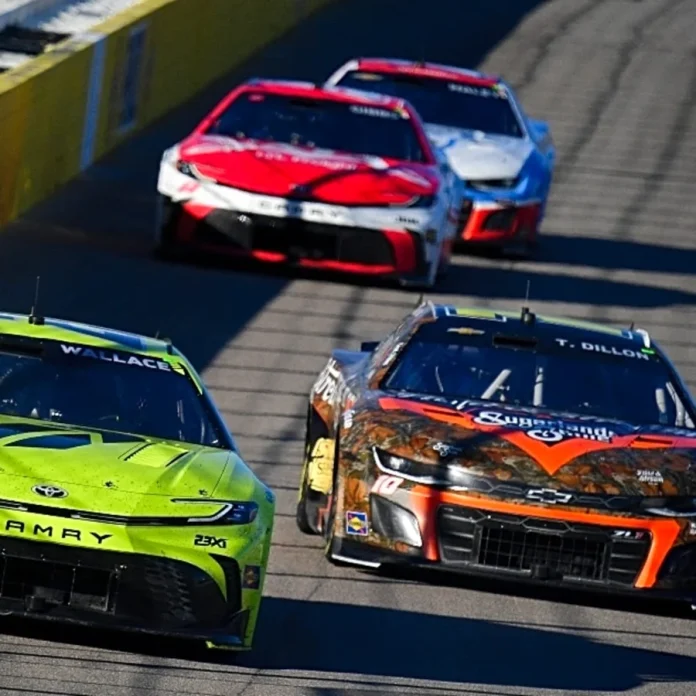The abrupt dismissal of Joe White, Ty Dillon‘s spotter, following a miscommunication during a crucial NASCAR race, has drawn sharp attention to the high-pressure realities of the sport. The Ty Dillon spotter firing, which unfolded in the aftermath of an incident at Las Vegas Motor Speedway, underscores how critical every second is for teams and crew members working behind the scenes.
Spotter Joe White Let Go Following Las Vegas Mix-Up
Claire B Lang, a respected NASCAR insider, discussed the tense environment that spotters like Joe White endure, recognizing both the relentless demands and the limited recognition they often receive. White revealed that he was dismissed by Kaulig Racing on Wednesday, October 15, with no advance notice, shortly after he had landed at Talladega to begin preparations for the next event.
The firing came on the heels of a pivotal incident in the final stage of the Las Vegas race involving Ty Dillon and William Byron. The incident stemmed from an apparent communication breakdown. White insisted he had warned Byron’s spotter about Dillon’s planned pit stop, but that claim was contradicted by the No.24 team. The conflicting accounts left White shouldering responsibility for the costly mistake, leading to his exit from NASCAR, at least temporarily.
“Yest. @TyDillon spotter @White_Joe47 @KauligRacing confirmed via X he was fired following last week’s incident at Las Vegas. The news made the rounds. Make no mistake there is tons of pressure on the spotters every second, and especially this weekend @TALLADEGA”
– Claire B Lang, NASCAR Insider
“It’s a hero to zero deal. Brilliant calls are not often highlighted – mistakes go viral. It kind of blows my mind that these guys don’t make more big mistakes – human. Such respect for what they do,” she added.
– Claire B Lang, NASCAR Insider
The crash had significant implications for William Byron as well, pushing him 15 points below the playoff cutline despite him being in contention for the win, having just swapped the lead with Kyle Larson and picked up a stage victory along the way.
Race Leadership Offers Insights on Pit Communication Challenges
Chris Rice, president of Kaulig Racing, addressed the controversy by providing technical insights into driver-to-driver communication during races. Responding to widespread speculation that Dillon should have signalled his pit stop by waving his hand, Rice dismissed this solution as impractical:
“You would have never seen his hand out the window. I don’t care, he could have had his hand all the way out the window. The only person you could have seen his hand out the window was SVG (Shane van Gisbergen), he has long enough hands. But everybody else, you’re not gonna see it,” Rice said via Racingnews
Rice refrained from placing blame solely on either team and conceded that Kaulig Racing’s No.10 car was already facing performance struggles, running a second behind the leaders and operating on an alternative pit strategy. At the time of the incident, Dillon was already a lap down, with his most recent strong finish being an eighth place at Echopark Speedway.
NASCAR Considers Review but Maintains Present Procedures
In the wake of the incident, NASCAR has chosen to consult with the crew chiefs from both affected teams to thoroughly examine what transpired. However, the organization has not indicated any intention to immediately revise pit stop or communication protocols as a result of this event.
This situation spotlights the pressures and risks that spotters like Joe White face, where a single misjudgment can erase years of steady work. The scrutiny on the Ty Dillon spotter firing may prompt further discussion within NASCAR about ensuring clear communication and fairness, but for now, hard lessons have been learned by Kaulig Racing, Ty Dillon, and the broader pit crew community.


